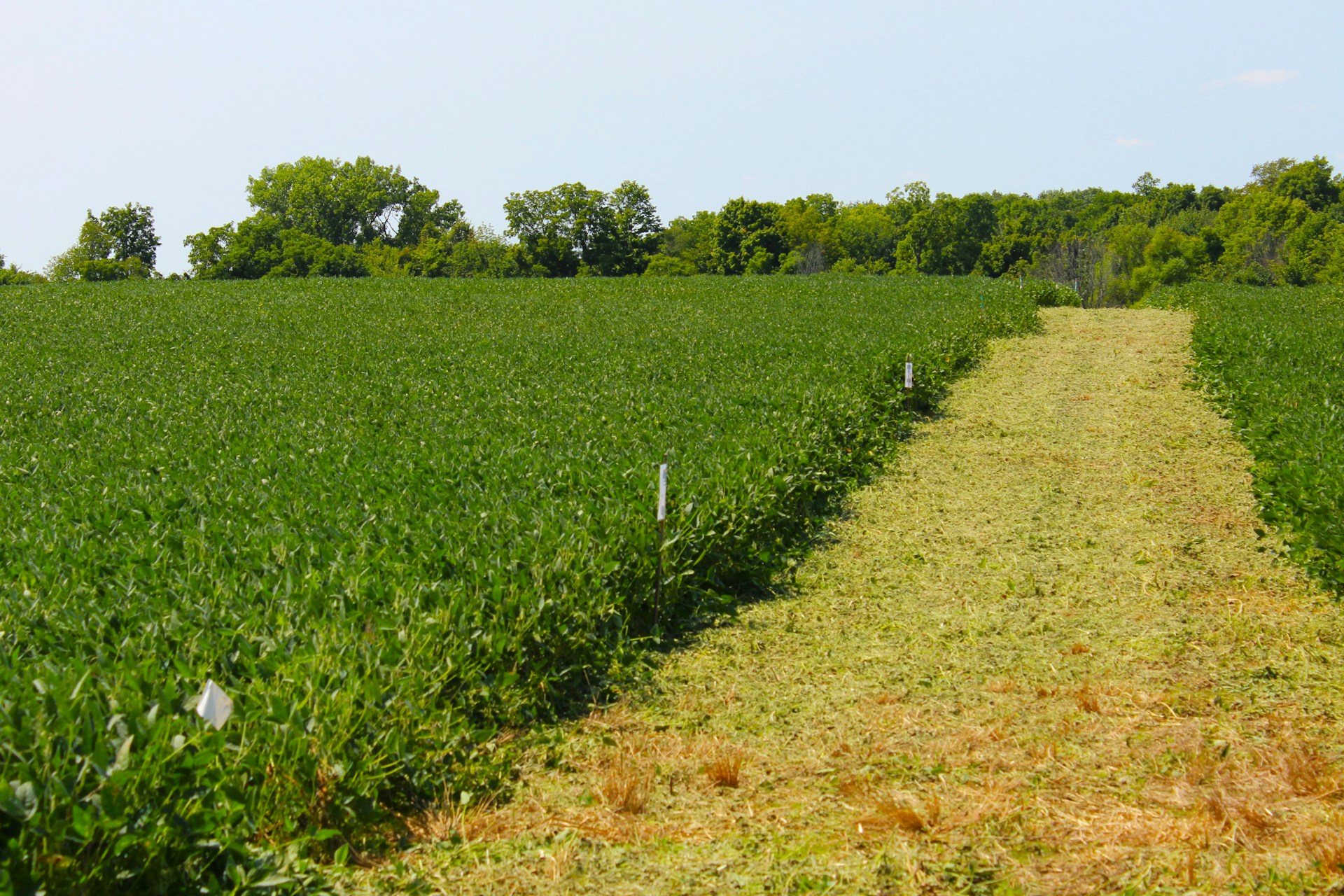
Fascinating Innovations in Biotechnology for Biofuels
May 23, 2023 - Lou Farrell
Revolutionized is reader-supported. When you buy through links on our site, we may earn an affiliate commission. Learn more here.
Biotechnology involves studying and manipulating biological systems to achieve specific aims that create a brighter future. Many people are particularly interested in biotechnology for biofuels. As more individuals view sustainability as a necessity, they become more curious about feasible ways of reducing their fossil fuel dependence. That might mean having solar panels installed at home or purchasing an electric car.
Biofuels create lots of buzz from a scientific standpoint because they allow emphasizing renewable resources. Here are some of the most promising examples that show what’s possible.
Using Willow Trees to Treat Wastewater While Improving Biotechnology for Biofuels
Some research teams are lucky enough to tackle more than one environmental issue per effort. Such was the case when a group from the University of Montreal discovered that filtering wastewater through willow tree roots can treat 30 million liters of primary wastewater per hectare. This so-called bio-refinery approach would stop partially or wholly untreated sewage from entering clean surface water.
However, the discoveries didn’t end there. The group also realized that certain characteristics make willow trees particularly suitable for the task. More specifically, this wastewater-filtering method can tolerate high levels of contaminants, which are certainly present during this process.
Additionally, the roots triple the produced biomass by filtering out nitrogen. People can then use the biomass for renewable lignocellulosic biofuels. Those are what scientists call second-generation biofuels, and they come from non-food crops.
Another surprising result was that the wastewater enriched specific natural chemicals in the willow trees. The scientists saw some of those chemical-induced compounds appear in the willow trees for the first time via this process. In other cases, scientists have seen some of them in salt-tolerant plants.
The scientists also believe the future of this process may span beyond biotechnology for biofuels. They clarified that although people have studied willow trees for thousands of years, there’s still so much to learn about them, particularly due to their chemical complexity. Unlocking those mysteries could solve environmental problems besides wastewater pollution and the need for greener fuels. Only time will tell.
Making Biofuel on Mars
People are perpetually curious about the Red Planet and, more specifically, if it could sustain human life. Many eco-conscious individuals rightfully insist “there is no Planet B,” meaning we must take care of the Earth. They’re right, but it’s still wise to explore other planets and what possibilities they offer, even if the ultimate goal isn’t to live on them.
In one example, a Georgia Institute of Technology group discovered a concept that would allow getting astronauts back to Earth using biofuel created on Mars. The process needs frozen water, sunlight and carbon dioxide — all of which are available on the planet. However, it also requires transporting two microbes to Mars.
The first is an alga that creates sugars with carbon dioxide and sunlight from Mars. Engineered E. coli shipped from Earth is the final essential component of the process. It would turn the sugars into a Mars-specific propellant to fuel rockets and similar devices. People currently use the propellant on Earth to make polymers for rubber production.
Current plans are to fuel the engines of rockets leaving Mars with liquid oxygen and methane. However, neither is present on the Red Planet, and getting them there from Earth would cost billions. However, these researchers propose using biotechnology for an in-situ plan that allows producing the propellent and liquid oxygen from carbon dioxide.
They say since this approach uses materials originating from Mars, it would cut mission costs. Moreover, this process generates 44 extra tons of clean oxygen to use for other purposes. It’s still too early to say whether this experimental idea will get tried in real life. But it’s hopeful and inspiring that such work is underway to create the possibility.
Tweaking Duckweed for Higher Oil Production
In the same way people investigate biotechnology for biofuels, they often look for biotech approaches to improve agriculture. Lab-grown and 3D-printed meats are among some of the examples most familiar to everyday people. The main thing to remember is there’s often a significant crossover between the work associated with biotechnology for biofuels and biotechnology linked to agriculture. Alternatively, sometimes the efforts centered on biofuels can affect agriculture, too.
Consider the example of researchers at the U.S. Department of Energy’s Brookhaven National Laboratory. They worked with duckweed — one of the fastest-growing aquatic plants in nature — to try and increase the oil it contains.
More specifically, the team added genes to the duckweed to promote fatty acid synthesis, turn those fatty acids into oils and safeguard the oil from degradation. The genetic engineering efforts achieved some impressive results. More specifically, the amount of oil produced is equivalent to about 10% of the duckweed’s dry-weight biomass.
If you look at that another way, it’s a 100-fold increase over non-altered duckweed growing in the wild. The yields are also seven times higher than soybeans, which are presently the most significant biodiesel source.
The researchers see several viable advantages to using duckweed for their research. Firstly, it grows quickly, meaning people don’t have to wait long to start reaping the rewards of greater oil production. Moreover, it grows on the surface of ponds around the world. That means it doesn’t compete for cropland in agricultural fields. People involved with the research said duckweed may even clean up agricultural runoff from pig and poultry farms while growing on that liquid.
Another important takeaway about this progress in biotechnology for biofuels is that the details matter. The team tried three gene modifications in their work and found that each one alone did not significantly increase the duckweed’s fatty acid content. However, using all three caused an average of 16% of their dry weight as fatty acids and 8.7% as oil.
Much to Anticipate With Biotechnology for Biofuels
Many people are starting to understand how important it is that the world transitions to more biofuel usage as soon as possible. The negative effects of fossil fuel dependence are clear. Still, we are not yet at the point where people can regularly use biofuels as often or more frequently than traditional energy sources.
Fortunately, these examples of using biotechnology for biofuels shows there’s a bright future ahead. Even though these developments are not yet in widespread use, the things scientists learn now will build the foundation for eventually reaching that point.
Revolutionized is reader-supported. When you buy through links on our site, we may earn an affiliate commission. Learn more here.
Author
Lou Farrell
Lou Farrell, Senior Editor, is a science and technology writer at Revolutionized, specializing in technological advancements and the impacts on the environment from new developments in the industry. He loves almost nothing more than writing, and enthusiastically tackles each new challenge in this ever-changing world. If not writing, he enjoys unwinding with some casual gaming, or a good sci-fi or fantasy novel.







